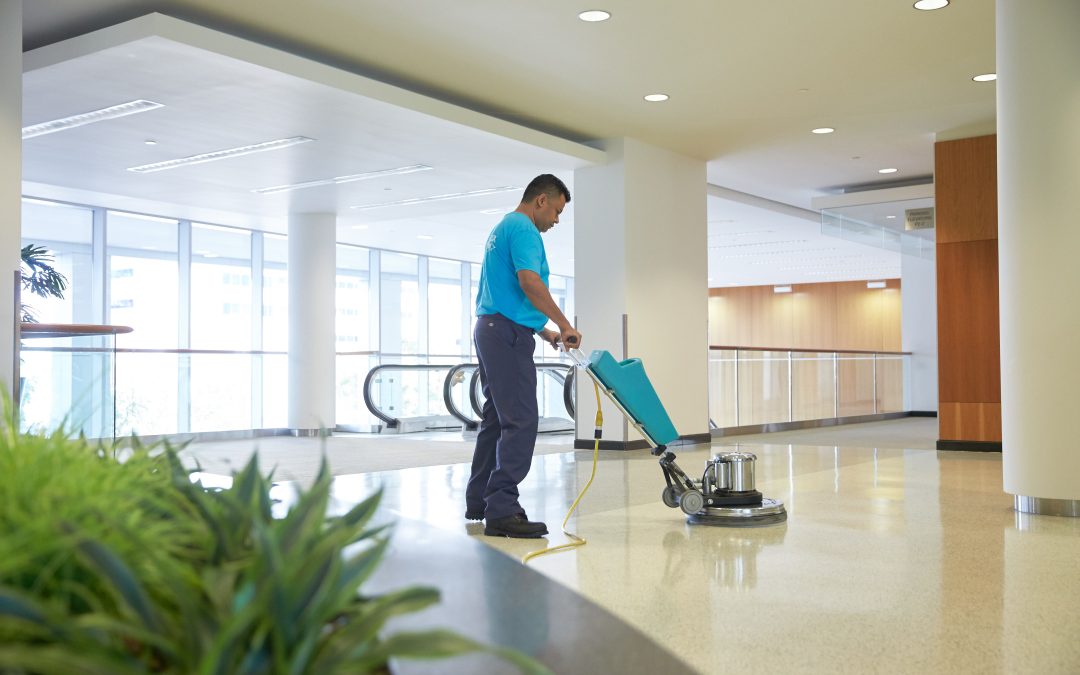Maintenance Plans to Keep Your Commercial Property in Top Condition
Maintaining a commercial property in top condition is vital for ensuring its longevity, functionality, and appeal. A customized maintenance plan tailored to the specific needs of your property can streamline operations, prevent costly repairs, and uphold tenant satisfaction. In this comprehensive guide, we delve into the importance of customized maintenance plans for commercial properties, exploring key components, benefits, and strategies for implementation. Discover how a proactive approach to maintenance can elevate your property management efforts and foster long-term success.
Understanding the Importance of Customized Maintenance Plans
Customized maintenance plans are meticulously designed strategies that address the unique requirements of each commercial property. They encompass a range of preventive maintenance tasks, scheduled inspections, and strategic interventions aimed at preserving the property’s value and performance over time. By tailoring maintenance plans to the distinct characteristics and usage patterns of each property, property managers can optimize resource allocation, minimize downtime, and enhance operational efficiency.
Key Components of Customized Maintenance Plans
- Property Assessment: Conducting a thorough assessment of the property’s physical condition, infrastructure, and systems forms the foundation of a customized maintenance plan. This assessment identifies existing issues, potential risks, and areas for improvement, guiding the development of targeted maintenance strategies.
- Asset Inventory: Creating an inventory of property assets, including mechanical systems, equipment, and structural components, enables property managers to prioritize maintenance tasks, allocate resources effectively, and track the lifecycle of key assets.
- Preventive Maintenance Schedule: Establishing a proactive schedule for routine maintenance tasks, such as HVAC servicing, plumbing inspections, and roof maintenance, helps prevent unexpected breakdowns, extend equipment lifespan, and maintain optimal performance levels.
- Emergency Preparedness Protocols: Developing comprehensive emergency preparedness protocols, including evacuation procedures, emergency contact information, and contingency plans for natural disasters or major system failures, ensures swift and effective responses to unforeseen events.
- Budgeting and Resource Allocation: Allocating sufficient financial resources and personnel to support maintenance activities is essential for implementing a successful maintenance plan. Property managers should carefully budget for routine maintenance, repairs, and capital improvements to avoid budgetary constraints and ensure the long-term viability of the property.
Benefits of Customized Maintenance Plans
- Cost Savings: Proactive maintenance reduces the likelihood of costly repairs and emergency interventions, saving money in the long run by addressing issues before they escalate.
- Enhanced Property Value: Regular maintenance preserves the aesthetic appeal, functionality, and marketability of the property, enhancing its value and attractiveness to tenants, investors, and buyers.
- Improved Tenant Satisfaction: Well-maintained properties provide tenants with a safe, comfortable, and productive environment, fostering satisfaction, loyalty, and positive word-of-mouth referrals.
- Regulatory Compliance: Compliance with local building codes, safety regulations, and environmental standards is crucial for mitigating legal risks and ensuring the property’s adherence to industry best practices.
- Sustainability and Energy Efficiency: Implementing energy-efficient upgrades, sustainable practices, and green building initiatives as part of the maintenance plan reduces environmental impact, lowers operating costs, and enhances the property’s sustainability credentials.
Strategies for Implementing Customized Maintenance Plans
- Collaboration with Stakeholders: Engaging with tenants, building occupants, vendors, and maintenance personnel fosters collaboration, communication, and accountability in implementing the maintenance plan.
- Utilization of Technology: Leveraging technology solutions, such as computerized maintenance management systems (CMMS), IoT sensors, and predictive analytics, streamlines maintenance operations, automates task management, and facilitates data-driven decision-making.
- Continuous Evaluation and Improvement: Regularly evaluating the effectiveness of the maintenance plan, soliciting feedback from stakeholders, and incorporating lessons learned enables continuous improvement and adaptation to evolving property needs and industry trends.
Customized maintenance plans are indispensable tools for effectively managing commercial properties, preserving asset value, and ensuring operational excellence. By tailoring maintenance strategies to the unique characteristics and requirements of each property, property managers can optimize resource allocation, minimize risks, and enhance tenant satisfaction. Embracing a proactive approach to maintenance not only safeguards the property’s longevity and performance but also fosters a culture of excellence and innovation in property management. With a comprehensive understanding of the importance, components, benefits, and implementation strategies of customized maintenance plans, property managers can elevate their property management efforts and achieve sustainable success in today’s competitive real estate market.

